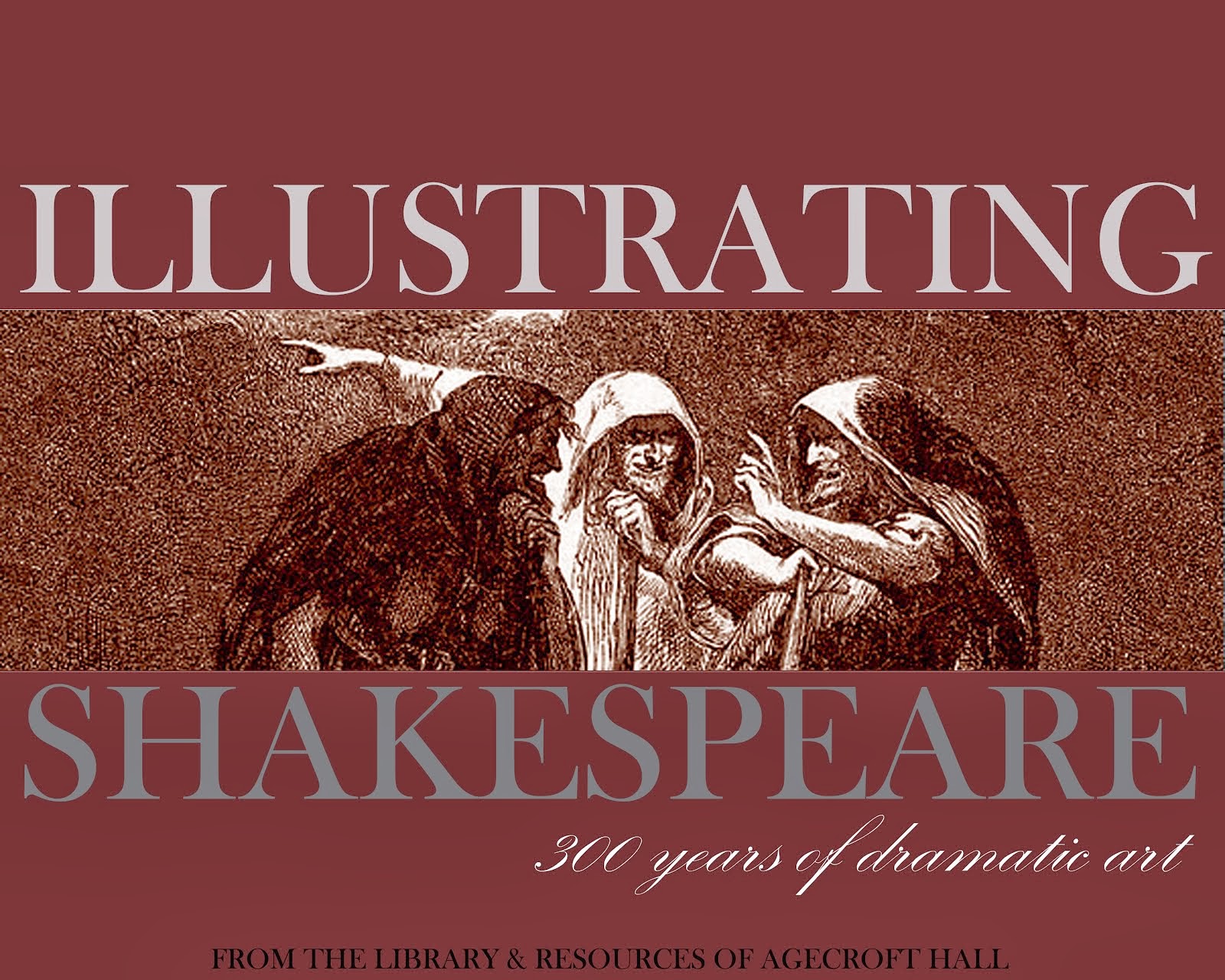What is a bit surprising is that in spite of these rich deposits of pictorial ore, the book-reading public during this Age of Enlightenment, time and again, showed a decided preference for depictions of (who could've guessed?) the celebrities of the day: the Leonardo DiCaprios, the Gwyneth Paltrows, the Robert De Niros of the eighteenth century.
The sales numbers didn't lie. London publishers and booksellers noticed that volumes with engravings of currently popular Shakespearean stage actors and actresses all but leaped off the shelves when compared to editions with more generically illustrated scenes.
The celebrity worship that we've grown familiar with in our own day did not start in our own day.
Pictured above, from a 1788 copy of Shakespeare's King John (published by J. Bell, Strand, London) is an engraving of one of those theatrical celebrities: the actor Joseph George Holman in the role of Philip Faulconbridge, a role blessed with the most memorable lines in the play, particularly his reflections on "Commodity" (Act II, Scene 1).
Holman has the dubious distinction of appearing in a number of "adaptations" of Shakespeare's plays, usually cobbled together in ill-conceived efforts to "improve" the poet's works to meet the tastes of the hour. In Holman's defense, it should be added that plenty of actors jumped onto the adaptation bandwagon when there was money to be made.
The London engraver of Holman's portrait was J. Thornthwaite, whose work for publisher Bell's edition of Shakespeare is among the highlights of Thornthwaite's career in book illustration. His depiction of Holman as Faulconbridge lends the stage character a jaunty air that might even be described as slightly "swashbuckling." Move over, Johnny Depp and Orlando Bloom.











